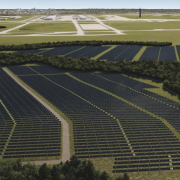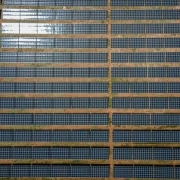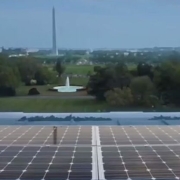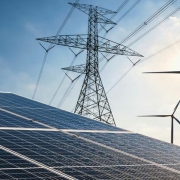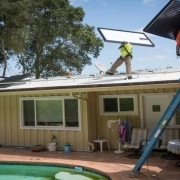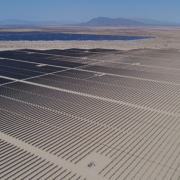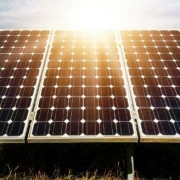Dulles International Airport could soon be home to the largest airport-based solar and battery development in the United States, one that at peak production could provide enough energy to power more than 37,000 Northern Virginia homes.
The solar farm would be built and managed by Dominion Energy on more than 835 acres on land. It would include a solar array capable of producing 100 megawatts of solar generation and a 50-megawatt battery storage system. The power generated would feed the larger Northern Virginia electrical grid.
Once built, Dulles would join a growing number of airports across the country looking to solar developments as a way to meet sustainability goals, save money on electricity and generate revenue from land that might otherwise be undeveloped. The project is one of dozens the Virginia utility company is building as it shifts to meet the mandates of a sweeping clean-energy law that state lawmakers passed in 2020.
Click here to read the full article
Source: The Washington Post
—
If you have any questions or thoughts about the topic, feel free to contact us here or leave a comment below.

